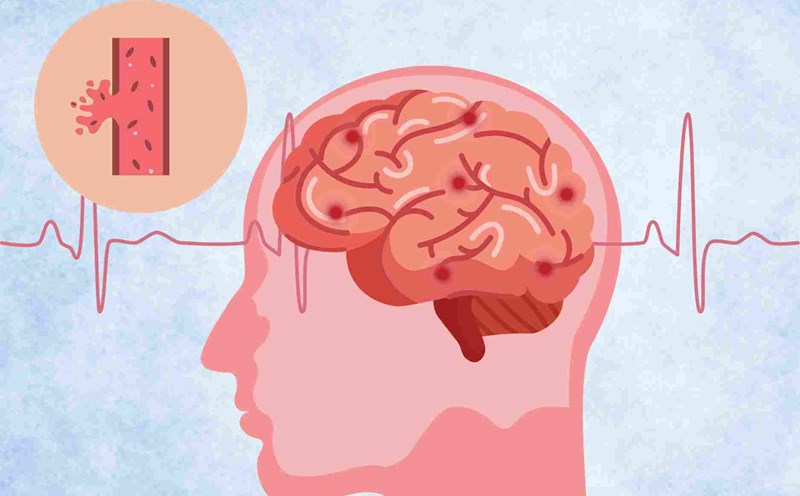High blood pressure (hypertension) is one of the leading risk factors for cardiovascular diseases. Changing your diet can play an important role in regulating blood pressure.
According to research by the American Heart Association, omega-3 fatty acids in salmon have the effect of reducing blood pressure by improving the elasticity of blood vessels and reducing inflammation in the body.
Omega-3 helps reduce blood triglyceride levels and reduce bad cholesterol (LDL) levels, thereby supporting cardiovascular health and controlling blood pressure effectively. People who eat at least two meals of salmon per week have lower blood pressure than those who eat less fish, thanks to the effects of omega-3.
An effective way to prepare salmon to reduce blood pressure at home is to grill or steam the fish instead of frying or processing it with a lot of fat. Baking or steaming helps retain most of the nutrients, especially omega-3 fatty acids, without adding calories and unhealthy fats like when fried.
In addition, cooking salmon with spices such as garlic, basil, lemon or olive oil can increase the effect of reducing blood pressure thanks to the antioxidants and anti-inflammatory compounds in these ingredients. A study from the World Health Organization also shows that using herbs such as garlic in fish processing can help reduce blood pressure by improving blood vessel function.
In addition, processing salmon with green vegetables such as kale, broccoli or tomatoes not only helps increase vitamins and minerals but also reduces sodium levels in the diet. Excessive sodium consumption can increase blood pressure. Therefore, combining salmon with low-sodium foods is a smart choice.
Housewives can take care of the health of the whole family by properly processing salmon, such as grilling, steaming and combining it with natural spices, which can help reduce blood pressure effectively at home. Scientific studies have proven the positive effects of salmon in improving cardiovascular health and reducing blood pressure.









